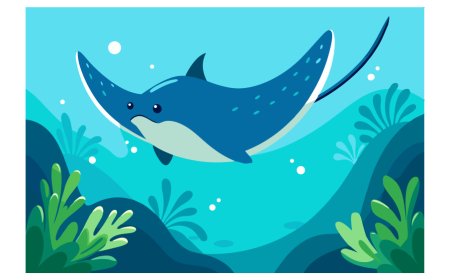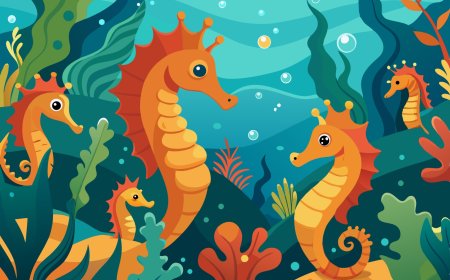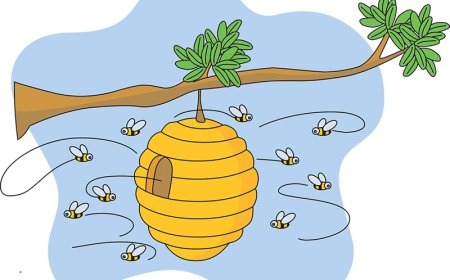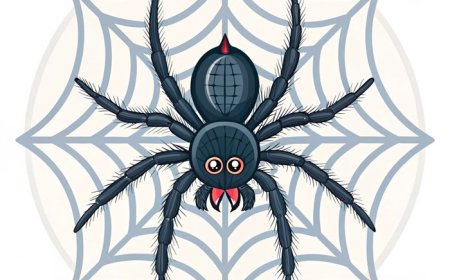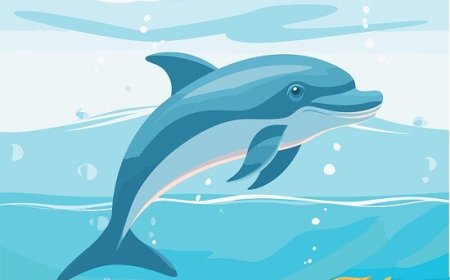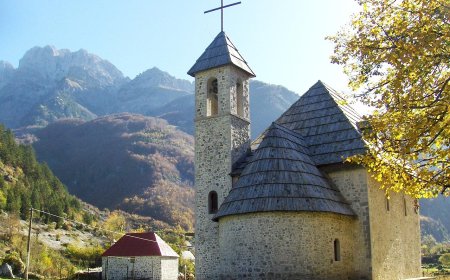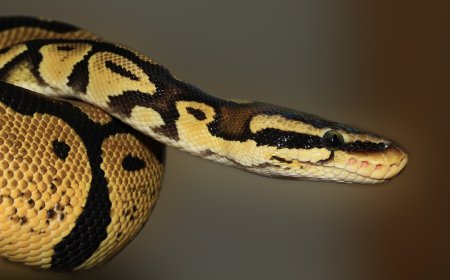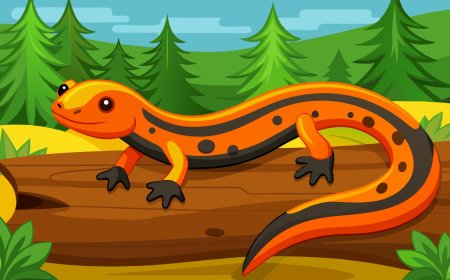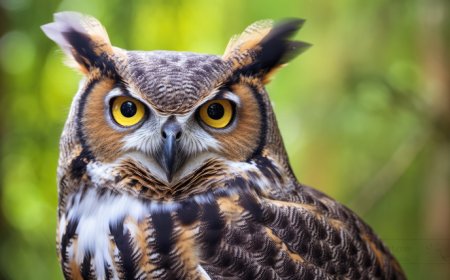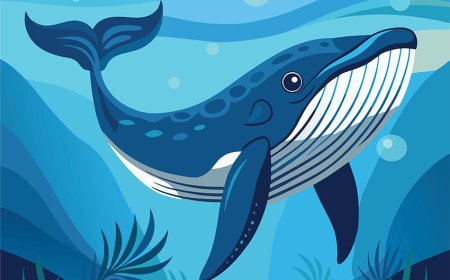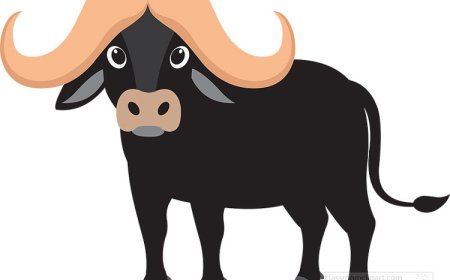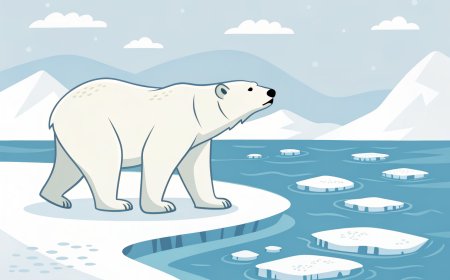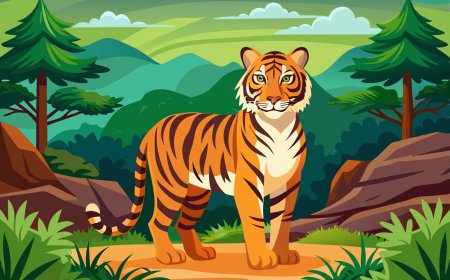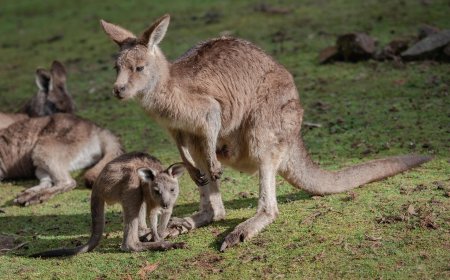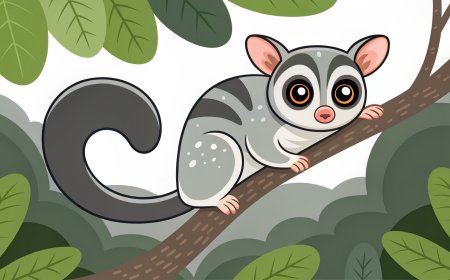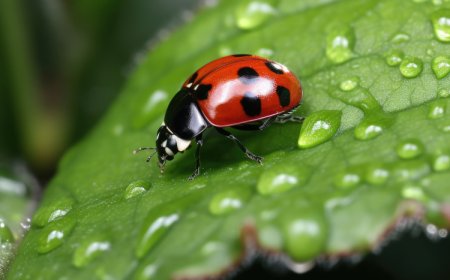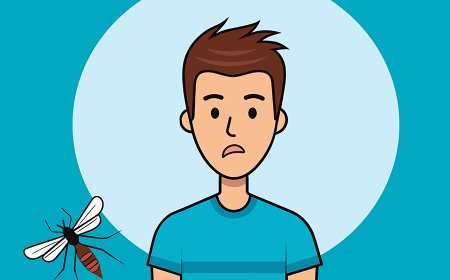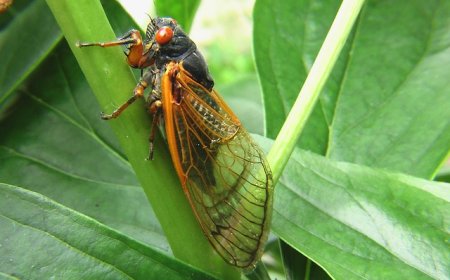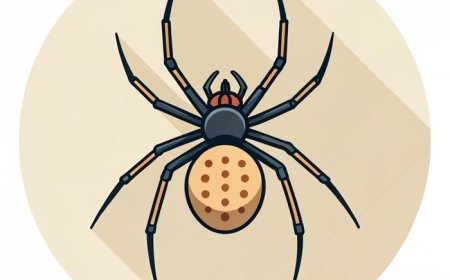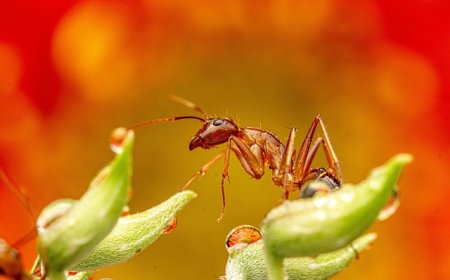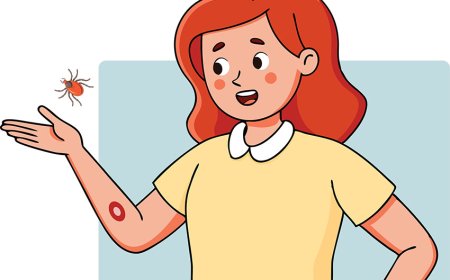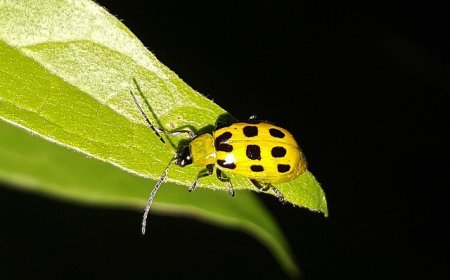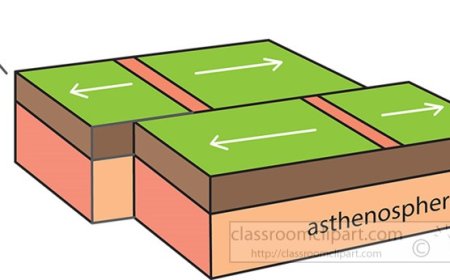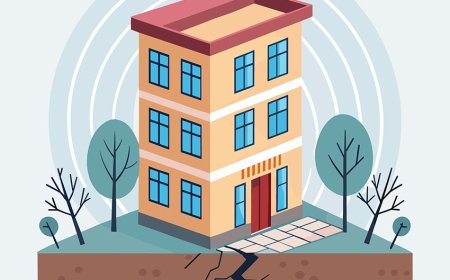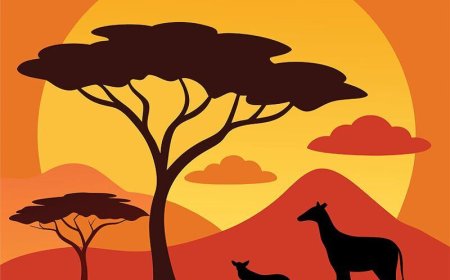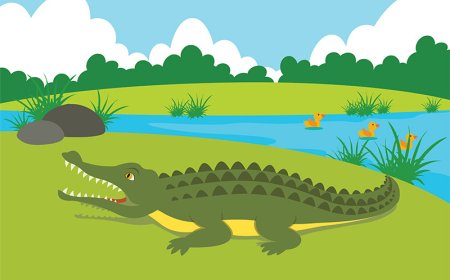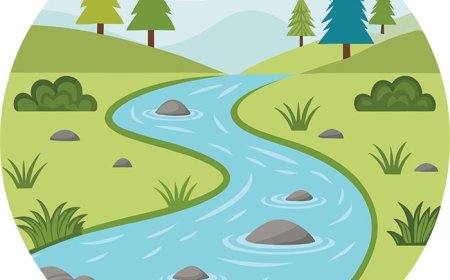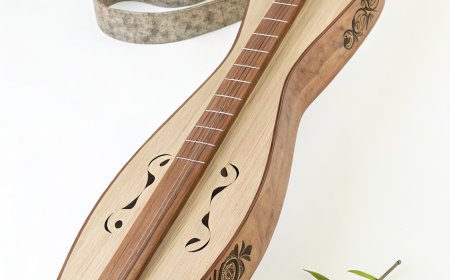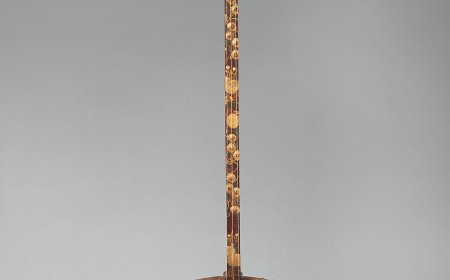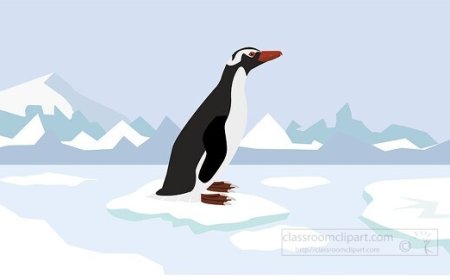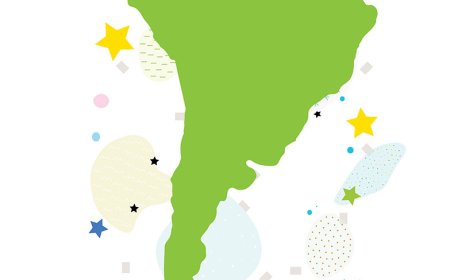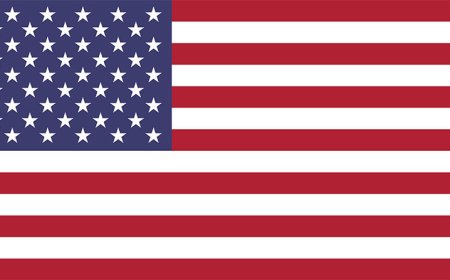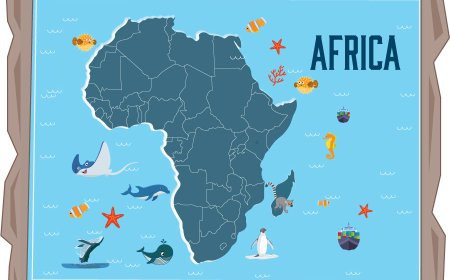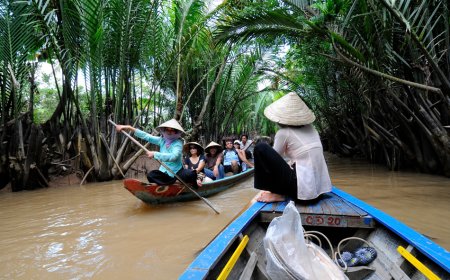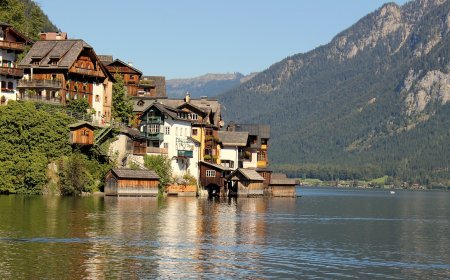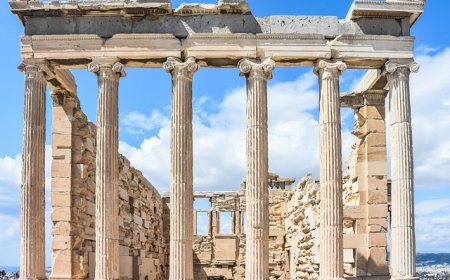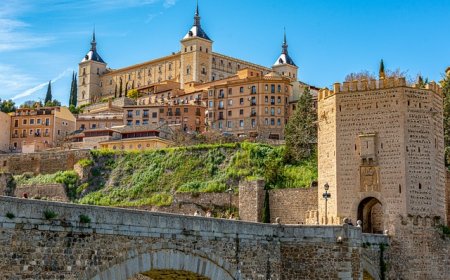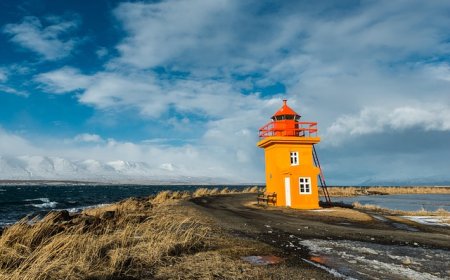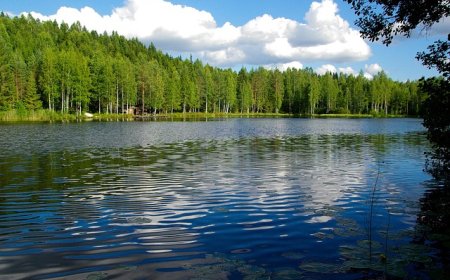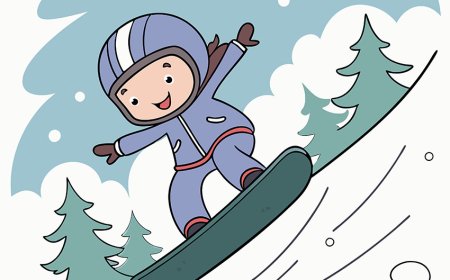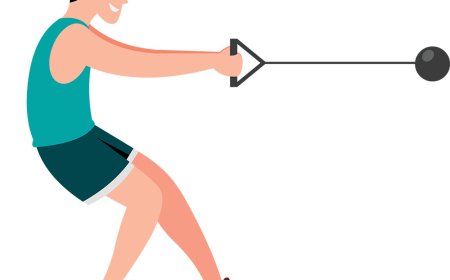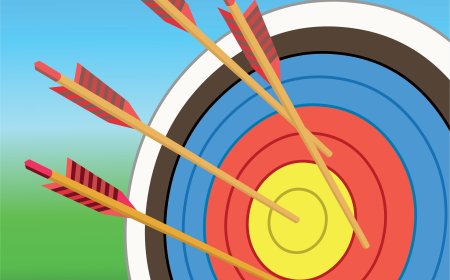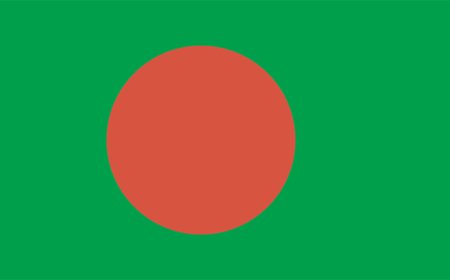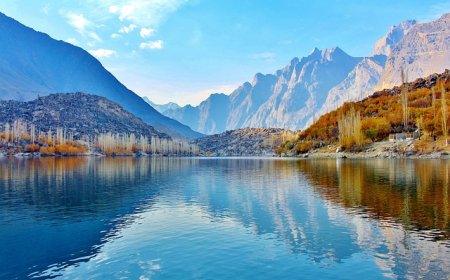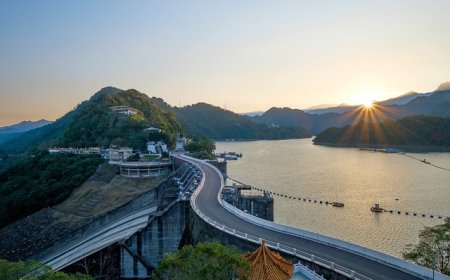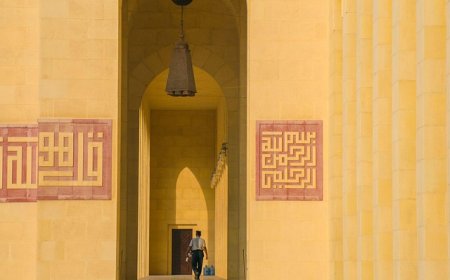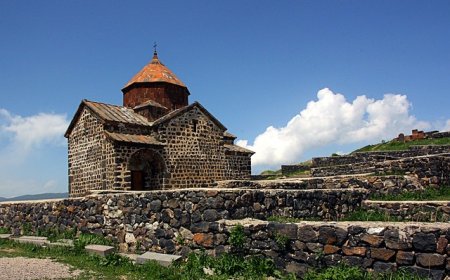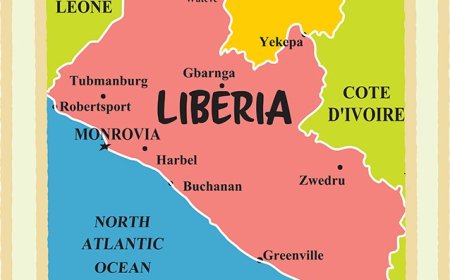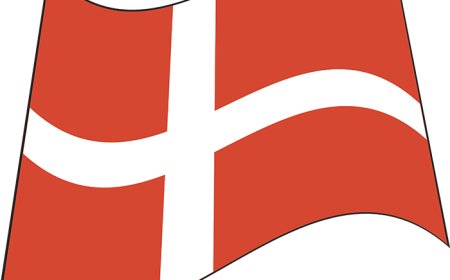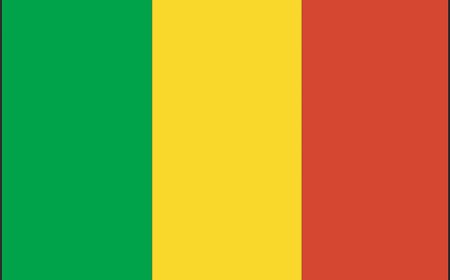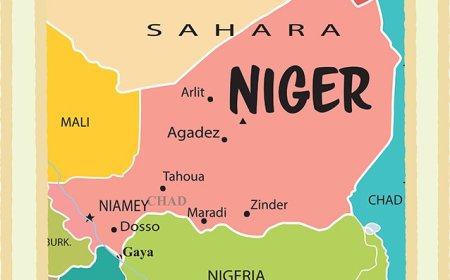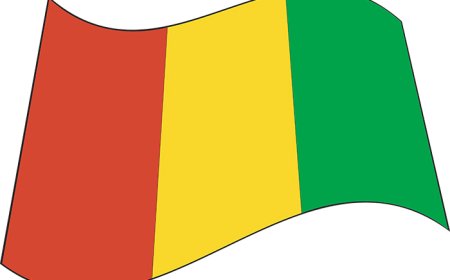Chad for Students: Geography, People, and History of a Landlocked African Nation
Discover Chad’s geography, people, history, and environment in this full student-friendly profile. Includes a quiz, vocabulary, and national education standards.
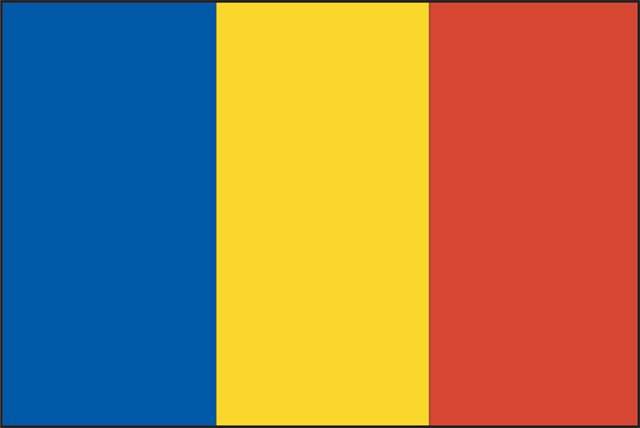
🌍 Introduction: At the Crossroads of North and Central Africa
Chad is a large country located in the center of Africa, where North Africa meets Sub-Saharan Africa. It is one of the most geographically diverse and climatically extreme countries on the continent. From the scorching sands of the Sahara Desert in the north to the fertile wetlands near Lake Chad in the west, this landlocked nation is home to many cultures, landscapes, and challenges. Although Chad faces poverty and political struggles, it is a land of remarkable resilience and natural beauty.
🗺️ Geography and Environment
Chad is the fifth-largest country in Africa by land area. It is bordered by Libya to the north, Sudan to the east, Central African Republic to the south, and Cameroon, Nigeria, and Niger to the west.
Chad’s geography can be divided into three major zones:
- The Sahara Desert in the north: hot, dry, and mostly uninhabited
- The Sahel zone in the middle: semi-arid land where people farm and raise livestock
- The savanna in the south: wetter and greener, with forests, rivers, and farmland
One of the most important natural features is Lake Chad, once one of Africa’s largest freshwater lakes. Over the last 50 years, it has shrunk dramatically due to climate change, drought, and water use, affecting millions who rely on it for fishing, farming, and drinking water.
Chad’s wildlife includes:
Camels and scorpions in the north
Gazelles and giraffes in the Sahel
Lions, elephants, and hippos in the southern parks
Protected areas like Zakouma National Park help preserve endangered species and support eco-tourism.
🏛️ Government, Language, and Population
Chad is officially a presidential republic, but it has experienced coups, rebel conflicts, and military rule throughout its history. After the death of long-serving President Idriss Déby in 2021, his son took control as transitional leader. The country is working toward new elections and peace agreements.
The capital city is N’Djamena, located near the Chari River in the southwest. It is Chad’s largest city and home to government offices, schools, mosques, churches, and markets.
Chad has a population of about 18 million people. The population is extremely diverse, with over 200 ethnic groups and dozens of languages. The largest groups include:
- The Sara people in the south
- The Arab and Toubou in the north and center
- The Kanembu, Hadjerai, and Maba
There are two official languages: French and Arabic, but most people also speak local languages like Sara, Kanuri, and Toubou.
Religion in Chad is divided mainly between Islam, practiced mostly in the north and center, and Christianity, more common in the south. Many people also follow traditional African beliefs, often alongside their main religion.
🎭 Culture and Daily Life
Life in Chad depends greatly on where someone lives. In the north, many are nomads, moving with their herds of camels, goats, or cattle in search of water and pasture. In the south, people tend to live in villages or small towns and work in farming or small trade.
Common crops include millet, sorghum, peanuts, and cotton, which are grown during the short rainy season. Most families prepare meals over open fires and eat dishes like:
- Bouillie (a porridge made from millet)
- La boule (a dough made from millet or sorghum)
- Stewed meats or vegetables with sauces
Music in Chad uses instruments such as drums, flutes, and stringed harps, with styles varying by region. Traditional festivals celebrate harvests, weddings, and religious holidays.
Families are large, and it is common for grandparents, aunts, and uncles to live together or nearby. Elders are respected, and children often help with chores and farming from a young age.
School is free and required by law, but many children—especially girls—do not attend regularly due to poverty, distance, or insecurity.
📜 History: From Ancient Routes to Modern Struggles
Chad’s land has been inhabited for thousands of years. Ancient rock carvings and tools found in the Sahara show that people once lived in areas that are now dry desert. The region was also part of several powerful African kingdoms and empires, including:
The Kanem-Bornu Empire in the northeast
The Bagirmi and Wadai Kingdoms in the south and east
These kingdoms were centers of trade, religion, and learning, connected to routes that moved salt, gold, ivory, and slaves across Africa.
In the 1800s and early 1900s, France conquered the region and made it part of French Equatorial Africa. Chad became independent in 1960, but the following decades brought many conflicts, including civil wars, ethnic violence, and rebellions.
Since the 2000s, Chad has been affected by unrest in neighboring countries like Sudan and Libya, as well as terrorist activity near Lake Chad. Peace efforts continue, and international partners have provided support for rebuilding and development.
💰 Economy and Resources
Chad is one of the poorest countries in the world, but it has natural resources that could support future growth. These include:
- Oil, which is exported to global markets
- Gold and uranium
- Livestock and cotton
Most people work in agriculture or animal herding, and few have regular access to electricity or clean drinking water. Drought, conflict, and lack of infrastructure make development difficult.
The government is trying to improve:
- Education
- Health care
- Roads
- Clean water systems
With international help, Chad hopes to become more stable, peaceful, and self-reliant in the years ahead.
🌿 Wildlife and Natural Beauty
Chad’s deserts and savannas offer unique environments for wildlife. The most famous protected area is Zakouma National Park, located in the southeast. This park is home to:
- Lions
- Elephants
- Buffalo
- Giraffes
- Birds and antelope
Efforts are underway to protect these animals from poaching and to promote eco-tourism. In the desert north, salt flats and rugged cliffs hide ancient rock art and remote oases.
Though tourism is still rare in Chad, some visitors are drawn to its natural wonders and historical sites, such as the Ennedi Plateau, a World Heritage site of dramatic stone arches and prehistoric carvings.
📚 Vocabulary List
Word Definition
Sahel A dry grassland region between the desert and savanna
N’Djamena The capital city of Chad
Lake Chad A large lake that has shrunk over time due to climate change
Nomad A person who moves from place to place, often with animals
Millet A grain used to make porridge and other foods
Zakouma A national park in Chad that protects endangered animals
Coup A sudden, forceful takeover of a government
French Equatorial Africa A former group of French colonies, including Chad
Pasture Grassland used for grazing animals
Resilience The ability to recover and keep going during hard times
🧒 Kid-Friendly Summary
Chad is a big country in the middle of Africa. It has deserts, grasslands, and lakes, and people live very differently depending on where they are. Some are farmers, while others are nomads who travel with animals. The capital is N’Djamena, and people speak French, Arabic, and local languages. Chad faces big challenges like drought and poverty, but it also has amazing wildlife and strong communities working for a better future.
🎯 Interactive Quiz: What Do You Know About Chad?
1. What is the capital of Chad?
a) Bangui
b) Niamey
c) Khartoum
d) N’Djamena
2. What major natural feature is shrinking in Chad?
a) Sahara Desert
b) Mount Kilimanjaro
c) Lake Chad
d) Congo River
3. What type of people move with animals in search of pasture?
a) Farmers
b) City dwellers
c) Nomads
d) Teachers
4. What kind of food is made from millet or sorghum?
a) Pasta
b) La boule
c) Pizza
d) Rice
5. What is Zakouma National Park known for?
a) Mountains
b) Fish farms
c) Lions and elephants
d) Coral reefs
6. What are the two official languages of Chad?
a) English and Swahili
b) Arabic and French
c) Portuguese and Spanish
d) Hausa and Bantu
7. What type of government takeover is called a coup?
a) A festival
b) A peaceful vote
c) A sudden power grab
d) A new law
8. What region does the Sahel lie between?
a) Ocean and desert
b) Forest and mountain
c) Desert and savanna
d) River and lake
